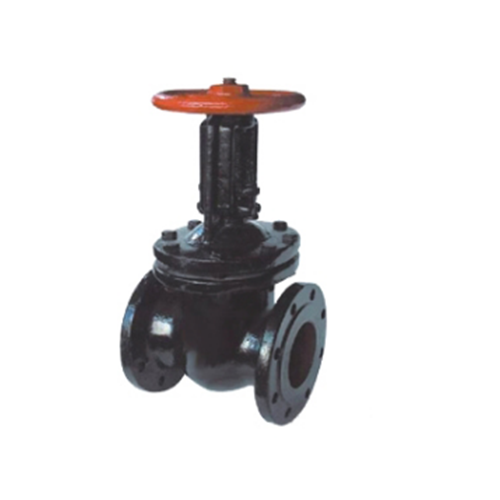
Stop Valve Maintenance Schedule Checklist
Introduction
Stop valves, also known as isolation valves, are critical components in piping systems, allowing for the control and isolation of fluid flow. Proper maintenance ensures their longevity, reliability, and safe operation. This checklist provides a comprehensive maintenance schedule for stop valves, covering inspection, cleaning, lubrication, and testing procedures.
---
1. General Maintenance Guidelines
Before performing maintenance, ensure:
- The system is depressurized and drained if necessary.
- Proper lockout/tagout (LOTO) procedures are followed.
- Personnel wear appropriate personal protective equipment (PPE).
- Replacement parts (gaskets, seals, packing) are available if needed.
---
2. Daily/Weekly Maintenance (Visual Inspection)
2.1. External Inspection
- Check for leaks around the valve body, stem, and connections.
- Look for signs of corrosion, rust, or physical damage.
- Ensure the valve handle or actuator operates smoothly without excessive force.
- Verify that valve position indicators (open/closed) are accurate.
2.2. Operational Check
- Open and close the valve to confirm smooth movement.
- Listen for unusual noises (grinding, squeaking) during operation.
- Check for excessive vibration in the valve or piping.
---
3. Monthly Maintenance
3.1. Stem and Packing Inspection
- Inspect the valve stem for wear, corrosion, or bending.
- Check packing gland tightness—adjust if leakage is observed.
- Replace packing material if it shows signs of deterioration.
3.2. Lubrication
- Apply appropriate lubricant to the stem threads and moving parts.
- Use grease or oil compatible with the valve material and fluid.
3.3. Flange and Bolt Tightening
- Inspect flange bolts for proper tightness (use a torque wrench if necessary).
- Replace missing or damaged bolts/nuts.
---
4. Quarterly Maintenance
4.1. Internal Inspection (If Accessible)
- Remove the valve bonnet (if applicable) to inspect internal components.
- Check for debris, scaling, or buildup inside the valve body.
- Inspect the seat and disc for wear, pitting, or damage.
4.2. Seal and Gasket Replacement
- Replace worn or damaged seals, O-rings, or gaskets.
- Ensure proper alignment during reassembly.
4.3. Pressure Testing (If Required)
- Conduct a low-pressure leak test to verify sealing integrity.
- Check for leaks at rated pressure (if applicable).
---
5. Annual Maintenance
5.1. Full Disassembly and Cleaning
- Completely disassemble the valve (if serviceable).
- Clean all internal parts using appropriate solvents or mechanical methods.
- Remove corrosion or deposits from the valve body and trim.
5.2. Component Replacement
- Replace worn or damaged seats, discs, stems, or bushings.
- Ensure all replacement parts meet original specifications.
5.3. Functional Testing
- Perform a full operational test (open/close cycles).
- Verify proper sealing in both open and closed positions.
---
6. Special Maintenance Considerations
6.1. High-Temperature Valves
- Check for thermal deformation or material degradation.
- Use high-temperature lubricants and packing materials.
6.2. Cryogenic Valves
- Inspect for frost buildup or leakage due to thermal contraction.
- Ensure proper insulation and sealing integrity.
6.3. Corrosive or Abrasive Service Valves
- Increase inspection frequency due to accelerated wear.
- Use corrosion-resistant materials for replacement parts.
---
7. Documentation and Record-Keeping
- Maintain a log of all inspections, repairs, and replacements.
- Record dates, findings, and corrective actions taken.
- Follow industry standards (API, ASME, ISO) for compliance.
---
8. Emergency Maintenance Procedures
- If a valve fails during operation:
- Isolate the system immediately.
- Follow emergency shutdown protocols.
- Replace or repair the valve as soon as possible.
---
Conclusion
A well-structured maintenance schedule ensures stop valves operate efficiently and safely. Regular inspections, lubrication, and timely repairs prevent costly failures and downtime. This checklist serves as a guideline, but adjustments may be needed based on specific operating conditions.
By following this maintenance plan, facilities can extend valve lifespan, improve system reliability, and ensure compliance with safety regulations.
---
This checklist provides a detailed yet flexible framework for stop valve maintenance. Let me know if you need any modifications or additional details.
Diese Website verwendet Cookies, um sicherzustellen, dass Sie das beste Erlebnis auf unserer Website erhalten.
Kommentar
(0)